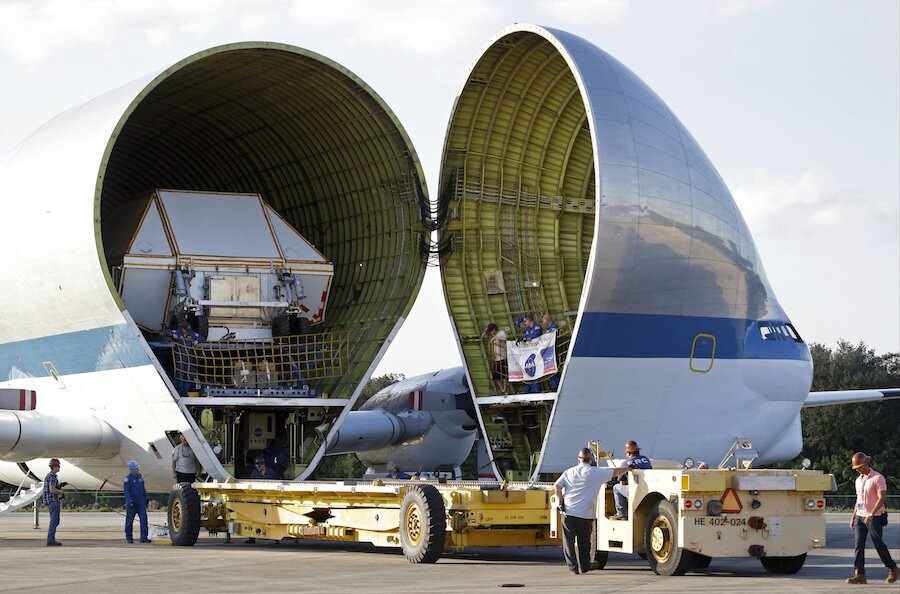Space cuisine for Mars is better than food tubes, but still a puzzle
Loading...
As NASA prepares the Orion space capsule, which is supposed to one day send an astronaut to Mars, many questions continue to puzzle planners. Among them: What will deep-space travelers eat?
Despite decades of spaceflight and years of hosting astronauts in the International Space Station (ISS), food for a long space journey could still be a problem. A Mars flight offers more options and challenges and NASA research is lacking, according to a new study.
The research, conducted by The National Academies of Sciences, Engineering, and Medicine, reviewed NASA reports on spaceflight-imposed health risks and dietary suggestions. While the study agreed with many of the findings, some use outdated science. Current food useable on the ISS may be too perishable for longer journeys.
How will scientists solve the food puzzle? They are looking for inspiration in a variety of places, including movies.
"We have recently seen the challenge of growing food in space in the movie 'The Martian,'" Nancy Turner, a nutritional physiologist at Texas A&M University, told Inside Science. "Although it was a fictional account, it does caution us about some problems and holds out hope for the opportunities."
Space agriculture was one of many solutions discussed in the study. The option brings a range of pros and cons, but could offer the possibility of fresher food. It could also be grown in cycles throughout the mission, allowing new food late in the mission.
Providing astronauts with food that remains both stable and palatable for the long haul is challenging, the review noted.
Currently, the food eaten in space, while not luxurious, is far improved from the early days of food tubes and gelatin coated, bite-sized snacks used in the early missions, according to NASA. Food on the ISS is all frozen or thermostabilized and could range from brownies to macaroni or spaghetti. Space shuttles had different storage methods, including using rehydrateable food packages, but contained similar foods.
NASA guidelines aim for food that can last two years in storage, according to SFGate. But an average round trip between Earth and Mars, including a 20-month stay, could take three years. NASA also plans to send food ahead of the astronauts, meaning food would have to be able to last for five years.
“We have data that indicate … the quality of the current processed and prepackaged space food system degrades through storage and will not be adequate for long-duration space exploration," Grace Douglas, a food scientist with NASA's Johnson Space Center, said.
The final form the diet of an astronaut heading to Mars will take is still a mystery, but the main obstacle to a solution could be solved as more flights are conducted.
The study said an analysis of exactly what tasks the crew will perform and the effect of being in space for extended time is "the primary research gap missing."






